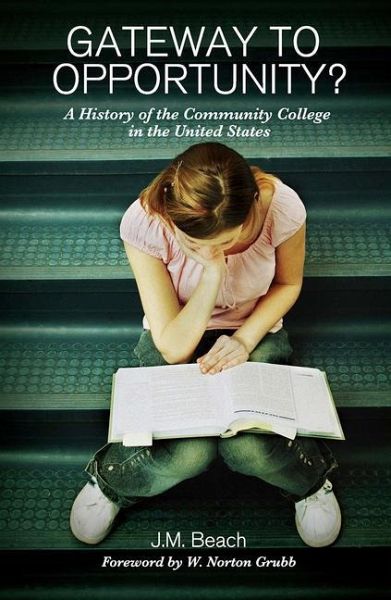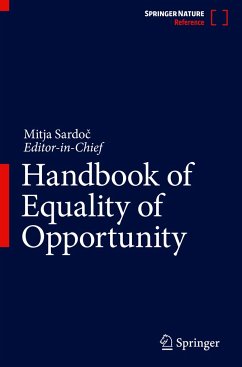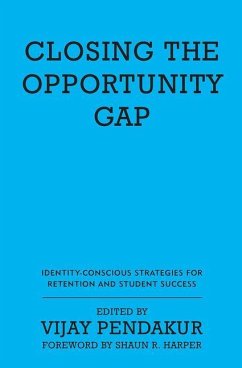
Gateway to Opportunity?
A History of the Community College in the United States
Versandkostenfrei!
Versandfertig in 1-2 Wochen
171,99 €
inkl. MwSt.
Weitere Ausgaben:

PAYBACK Punkte
86 °P sammeln!
Describes and analyzes the ideological, social, and political motives that led to the creation of community colleges in the US, and that have shaped their subsequent development. This history examines the institutionalization process of the community college in the US, casting light on how this educational institution was formed, for what purposes, and how has it evolved.














